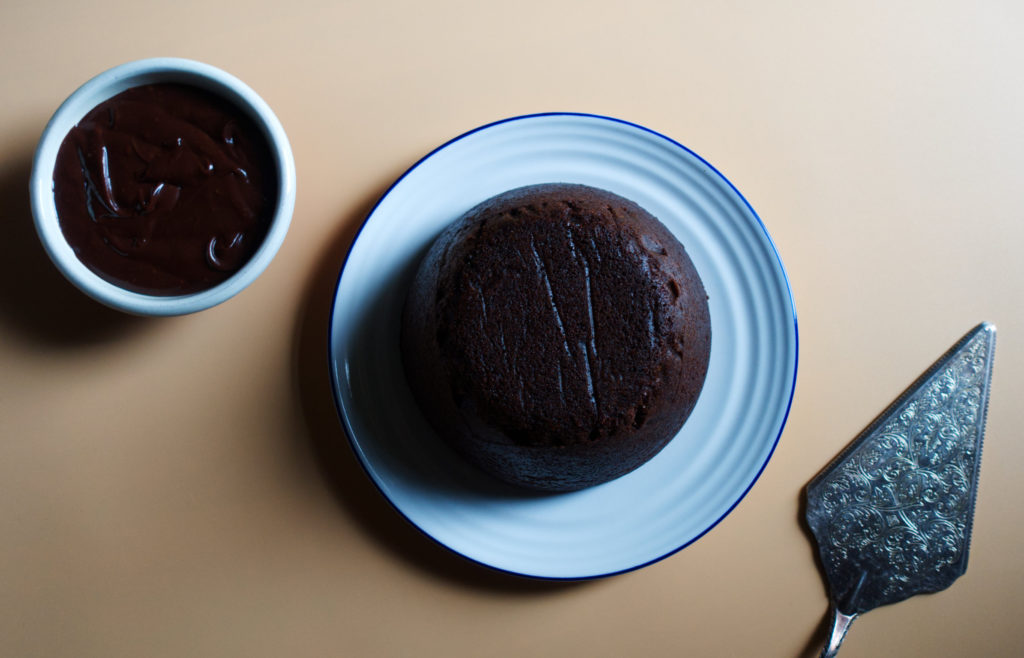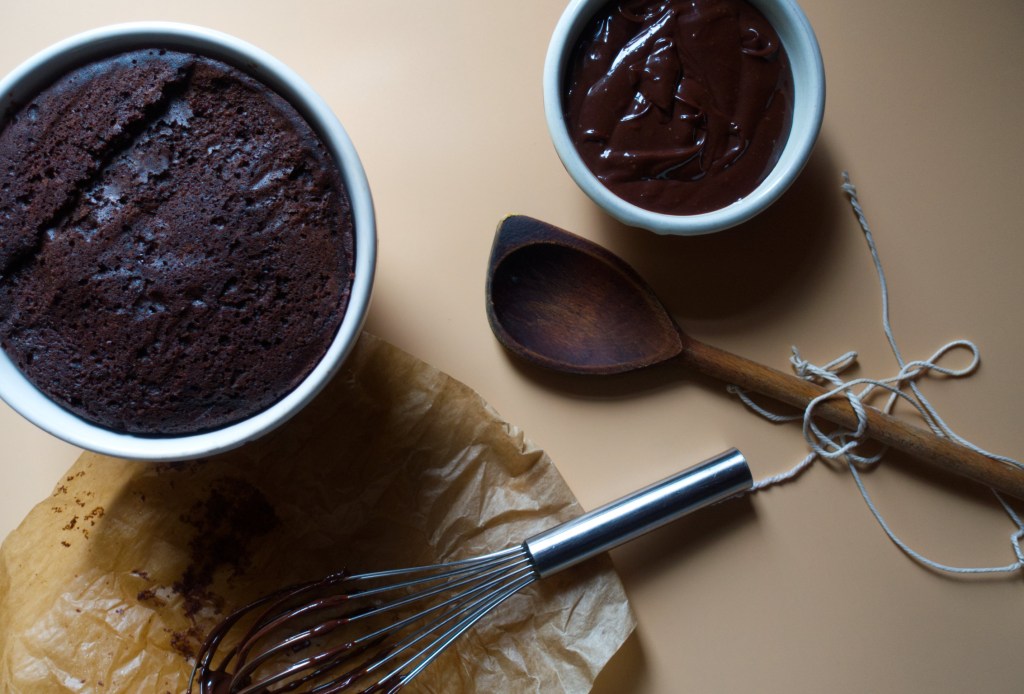I am an unapologetic pudding pusher. Now, by pudding, I don’t simply mean that more people should eat dessert — although I do think we might feel a little more sweetly-disposed towards others if that were the case — but the peculiarly British tradition of steamed sponge puddings. Once terribly popular, now they are criminally underrepresented in the pudding canon.
But for me, they are king. Far from their reputation of being dense or heavy — stodgy — proper steamed puddings are airy, fluffy, by far lighter than most cake sponges. In fact, many pudding ingredient lists are indistinguishable from those of cakes, it is only the cooking method which differs, and two identical recipes can result in entirely different puddings, depending on how you choose to cook them. This is because steaming is such a gentle way of cooking. Steaming uses indirect heat, and cooks the pudding more slowly, for a longer time than baking a pudding — so the chances of the pud drying out are minimal, leaving the finished pudding soft and springy, with a delicate crumb. This gentle cooking means that flavors stay bright, and fruits and sugars don’t catch or caramelize.
Steaming smooths out imperfections: it makes the dry deliciously damp, while the fudgy becomes light, impossibly fluffy. Marmalades, ginger, and citrus fruits become sticky, while dried fruit becomes plump and soft, and fresh fruit relaxes, its juices staining the sponge. Once turned out, their smooth domes beg for thick custard, or cold cream.
This is a simple chocolate pudding, no show-boating: a simple cocoa-based batter, the only additions are a little salt, and a small amount of coffee. Even if you’re not a fan of the drink, don’t skip the coffee: you won’t taste it, it will just bring the chocolate flavors to life. Using light brown sugar isn’t essential — it will work perfectly well with white, caster sugar — but it gives subtle caramel notes to the sponge. Draped over the whole thing is a thick, rich chocolate sauce, essentially a ganache, given gloss and glide with a little golden syrup. Left to go cold, you could scoop perfect truffley balls from the stuff, but when warm, it pours in big heavy glugs, sitting luxuriously on the proud pudding. If I have malt syrup in the house, I will substitute that for the golden syrup in the sauce, as well as the coffee in the sponge, for a malted chocolate twist.
The one downside of a sponge pudding is that it can be tricky to reheat leftovers if you don’t have a microwave: my trick is to put it in a medium-hot oven with a handful of ice cubes, which creates enough steam that, as the pudding reheats, it doesn’t dry out, but stays soft and moist.

Steamed chocolate pudding
Makes: pudding for six
Takes: 15 minutes
Bakes: two hours
For the pudding
5oz butter
Steaming smooths out imperfections: it makes the dry deliciously damp, while the fudgy becomes light and impossibly fluffy.
5oz light brown sugar
½ teaspoon vanilla paste
3 eggs
4oz self-raising flour
1oz cocoa powder
¼ teaspoon fine salt
½ tablespoon instant coffee
For the sauce
3½oz dark chocolate
5oz double cream
4 tablespoons golden syrup
- Grease a 6in pudding basin with a little butter, and then place a small square of greaseproof paper just large enough to cover the base of the bowl. Fill a large pan a third of the way up with boiling water, and place over a low heat, so the water is just simmering
- Dissolve the instant coffee with a small splash of boiling water, giving it a good stir
- Cream together the butter, sugar and vanilla, until pale and fluffy
- Add the eggs one by one to the creamed butter and sugar, scraping down the sides. Fold in the flour, cocoa powder and salt, followed by the coffee
- Spoon the sponge mixture into the pudding basin. Place a sheet of tin foil over a sheet of baking paper, and fold them both in the middle to create a pleat. Lay these sheets over the pudding basin, centering the pleat, and tie tightly with string around the rim to secure. You can loop an extra piece of string over the top of the pudding to create a handle, which will aid you lifting the pudding from the pan, but it isn’t essential. Alternatively, if you have heatproof clingfilm, you can wrap the whole basin twice around in this to waterproof it
- Lower the pudding into the simmering water: the water should come halfway up the side of the basin. Cover with a lid, and steam for two hours. Check the water level every 30 minutes or so, to make sure it hasn’t boiled dry. If the water is looking low, carefully pour a little extra boiling water, avoiding the pudding
- Just before the pudding is ready, make the sauce: chop the chocolate into small chunks and put them in a heatproof bowl. Heat the cream in a small pan over a medium heat, until it is steaming, then pour it over the chocolate, and leave it for three minutes. Whisk the chocolate and cream together, starting from the middle of the bowl, and slowly working your way outwards, until the whole thing is combined and extremely glossy. Stir the syrup through the chocolate sauce
- Lift the basin from the pan, and remove wrappings, being careful to avoid any trapped steam. The pudding should easily come away from the sides of the basin, so place a serving plate over the mouth of the basin and invert. Pour the sauce over the pudding, or serve in a jug alongside the pud — either way, with extra cream


















